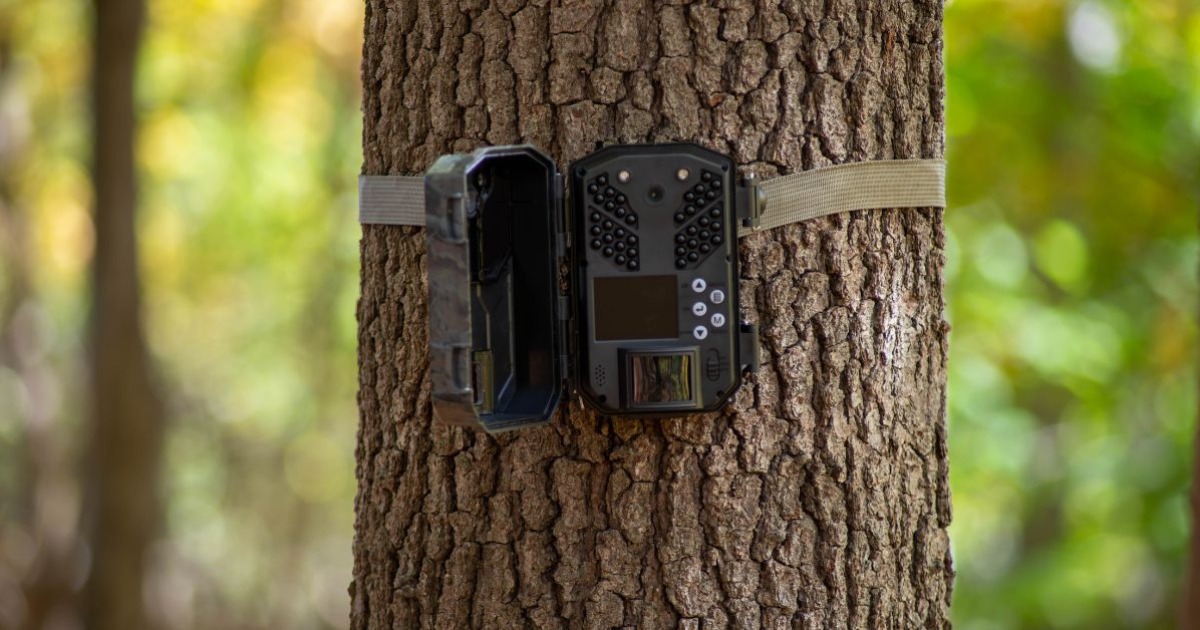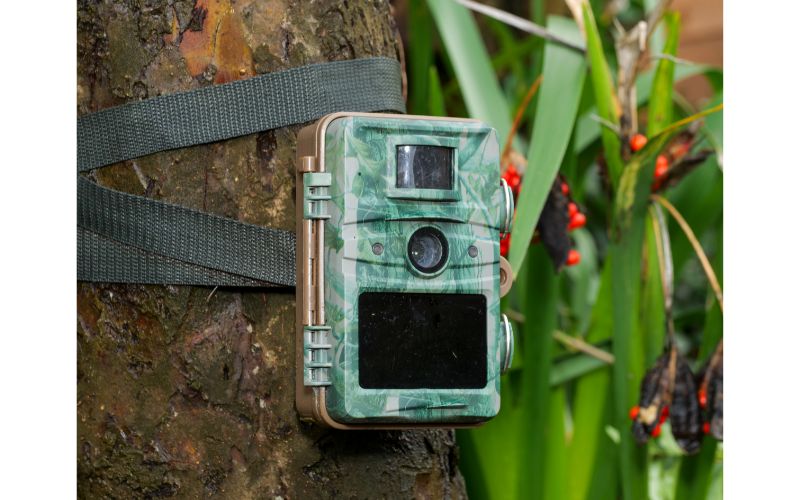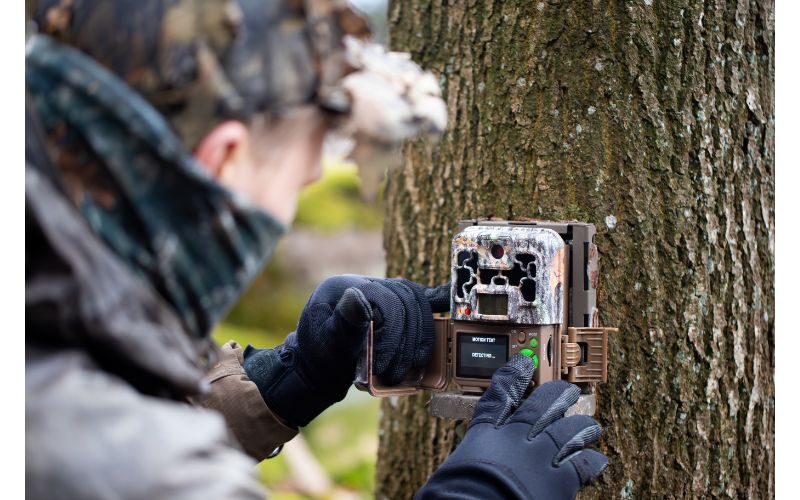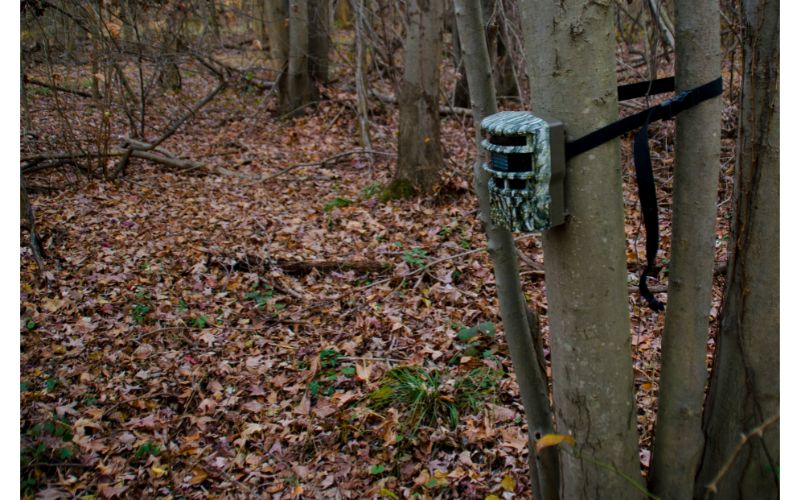How Do Wireless Trail Cameras Work? Let’s Read to Get the Answer
- 20 Oct 2022 19:12
- 1474

Nowadays, the wireless trail camera has been widely used. It is the best friend of anyone who prefers hunting and typically spending time outdoors.
Nature enthusiasts and hunters can use this device to photograph or track wildlife without disturbing them. Trail cameras can also be utilized to capture fantastic images of animals for scouting.
In this post, we will tell you about ‘how do wireless trail cameras work?’, what they need to function, and how they can enhance your outdoor activities.
What Is A Wireless Trail Camera?

Wireless trail cameras can be used in remote locations.
Wireless trail cameras, also known as scouting cameras, are a specialized type of photography equipment produced to be used outdoors, in remote locations.
The wireless trail cameras use a relatively simple concept. You need to start by placing a trail camera in an area where you think wildlife is active. When wildlife passes by, they will trigger the camera's motion detector to capture an image.
Then, via a Wifi connection, the camera will send the image to a cloud-based server where you can view it with one connected device.
So, many game managers or hunters use the wireless trail camera to find and recognize potential animals for harvesting.
These cameras are not just meant for hunting or tracking wildlife. They can be used for security purposes by installing a system of wireless trail cameras, and you will know exactly when someone gets into your property.
If you keep animals, you can also protect them from predators with wireless trail cameras.
How Do Wireless Trail Cameras Work?

A wireless trail camera can be considered a two-way communication device that functions similarly to a telephone.
To function effectively, these cameras need a strong enough Wi-Fi connection.
The strength of these cameras' signal should depend on proximity to a Wi-Fi router and all of the major impediments to the signal's transmission.
When wireless trail cameras cannot connect to a strong enough Wi-Fi connection, they will revert to functioning the same way traditional digital cameras do: Images will be saved to a memory card on the device.
That's where wireless trail cameras differ from cellular trail cameras.
In most cases, cellular trail cameras rely on the GSM (global system for mobile) network, meaning they need SIM cards to connect to the network.
Like with cell phones, registering and activating this trail camera's SIM card with your chosen mobile network is essential.
What Are the Benefits of Wireless Trail Cameras?
The benefits of wireless trail cameras.
- Check your camera any time: With a wireless trail camera, it is easy to keep an eye on animal observing areas or your hunting sites from your home while you are running errands or resting.
- Quality photos: These cameras can take excellent images and sometimes videos and transmit them to your device. High-quality images will make it easier to point out different animals and their activity in a specific area.
- Excellent connectivity: Having access to images nearly instantly from a trail camera can save you time from having to go outside and check the camera yourself.
Tips on Picking a Wireless Trail Camera
- Check the battery's life. You should choose a model with a rechargeable battery and battery-saving feature.
- Ensure your camera has different video modes. If it only has infrared, it's just like a regular trail camera.
- It's best to buy a camera that comes with a case. If it doesn't have a case, choose one with built-in protection.
- You should choose a wireless trail camera with solar features.
- Inspect if it can sync with your devices, such as a phone or tablet, or if the app is working.
FAQs
Does a Wireless Trail Camera Need WIFI?

The answer is Yes. Wireless trail cameras are sometimes called Wi-Fi cameras because they can receive Wi-Fi signals. That means these cameras must be close to a Wi-Fi router to connect to your device.
A common misconception about these cameras is that you can put and connect to them anywhere. The fact is that they must be in the range of a wireless router to work effectively, which is these cameras' limiting characteristic.
Does A Wireless Trail Camera Require a Subscription?
No. Unlike cellular trail cameras, which require a subscription to connect to your chosen wireless network, wireless trail cameras only need a strong enough Wi-Fi connection to work correctly.
How Much Does A Wireless Trail Cameras Cost?
Like any other electronic device, the cost of a wireless trail camera may differ dramatically, depending on the complexity and quality of the unit.
More complex choices can have an infrared flash, video recording capabilities, remote access, and more.
Many hunters might want to utilize more than one cellular camera to capture and keep up with wildlife in an area.
Wireless Trail Cameras and Cellular Cameras: Which Is Better?
A wireless trail camera delivers similar services as a cellular camera.
Still, it is more limited in its benefits for wildlife researchers or hunters who need to access their cameras from remote locations with ease.
Wireless trail cameras do not allow you to access farther away hunting areas.
The reason is that it needs to be placed near a Wi-Fi router to connect to your device, while a cellular camera relies on the network to functionally.
A cellular trail camera will work best for remote locations. Meanwhile, Wireless trail cameras will be a valuable choice for a homeowner who wants to fortify the security on their property.
How Do Cellular Trail Cameras Work?
They work similarly to wireless trail cameras but rely on cellular networks instead of Wi-Fi connections.
The Bottom Line
Now, you know the answer to: “how do wireless trail cameras work?”. We hope that this post helps you make the decision on whether or not a wireless trail camera is worth it. Don't forget to let us know what you think.
Thanks for your time!
